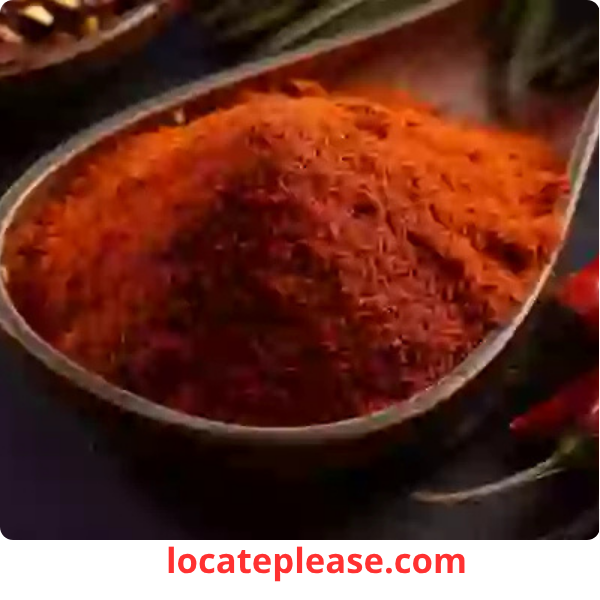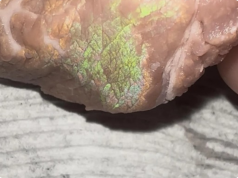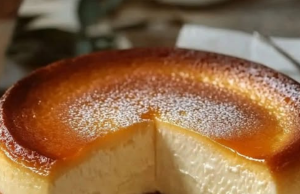It’s a staple in spice racks around the world — adding vibrant color and warm flavor to dishes from Hungarian goulash to Spanish chorizo. But recently, paprika has become the center of a surprising online revelation, leaving food lovers everywhere saying: “Wait… that’s what it’s made from?”
On social media platforms like TikTok, Reddit, and Instagram, thousands of users are expressing shock after discovering the true origin of paprika — not as a mystery powder or artificial coloring, but as something far more natural than many realized.
Spoiler alert: Yes, paprika is made from peppers — but not just any peppers. And no, it’s not ground-up bell peppers from your garden.
Let’s peel back the layers of this flavorful spice and uncover the truth behind the bright red powder that’s been hiding in plain sight.
What Is Paprika — And Where Does It Come From?
Paprika is a finely ground spice made from dried peppers — primarily varieties of Capsicum annuum , the same species that includes bell peppers, cayenne, and jalapeños. But not all peppers are created equal when it comes to paprika.
The best paprika comes from specific sweet or semi-sweet pepper varieties grown in regions like:
- Hungary (home of the most famous paprika)
- Spain
- Slovenia
- California (USA)
These peppers are carefully harvested, dried (often in the sun or in drying houses), and then ground into a fine, rust-colored powder.
🌶️ Fun fact: The word paprika comes from the Hungarian and Slavic words for “pepper.”
Why Are People So Surprised?
Despite its widespread use, many people assumed paprika was:
- A blend of spices
- Made from tomatoes or beets (because of its red color)
- A synthetic food coloring disguised as a natural spice
But the truth is much simpler: Paprika is 100% dried, ground peppers.
“I always thought it was like a mix of red dye and seasoning,” admitted one TikTok user. “I had no idea it was just peppers! I feel kind of dumb now.”
Others were amazed by the transformation:
“How do you go from a pepper to that bright red powder? It’s like magic.”
The surprise often stems from the intense color of paprika — it’s so vividly red that it looks almost artificial. But that deep hue comes naturally from capsanthin , a pigment found in red peppers.
Different Types of Paprika — Not All Are the Same
Not all paprika is created equal. Depending on the pepper variety and preparation method, paprika can range from sweet and mild to smoky or even hot .
Here are the most common types:
|
Sweet Paprika
|
Mild, slightly sweet, vibrant red
|
Hungary, California
|
|
Smoked Paprika (Pimentón)
|
Deep, smoky, rich
|
Spain (especially La Vera)
|
|
Hot Paprika
|
Spicy, with heat from hotter pepper varieties
|
Hungary, parts of the Balkans
|
|
Sweet Smoked Paprika
|
Smoky but not spicy
|
Spain
|
🔥 Pro Tip: Smoked paprika is made by slowly drying peppers over oak or beech wood fires — giving it its signature campfire-like flavor.
How Paprika Is Made — From Farm to Jar
The process may seem simple, but producing high-quality paprika is an art:
- Harvesting: Peppers are picked at peak ripeness for maximum color and flavor.
- Drying: They’re hung or laid out to dry in warm, ventilated areas — sometimes taking days.
- Stemming & Sorting: The stems and seeds are removed; only the fleshy fruit is used.
- Grinding: The dried peppers are milled into a fine powder.
- Packaging: Stored in airtight containers to preserve color and freshness.
The best paprika is never exposed to high heat during grinding , as this can degrade its flavor and color.
Health Benefits of Paprika
Beyond flavor and color, paprika packs a surprising nutritional punch:
- Rich in antioxidants — especially capsanthin and vitamin C
- Anti-inflammatory properties
- Supports eye health (thanks to vitamin A)
- May boost circulation (especially cayenne-based hot paprika)
And yes — that bright red color? It’s a sign of high antioxidant content , not artificial dye.
Common Misconceptions — Busted
❌ Myth: Paprika is just red food coloring.
✅ Truth: It’s a natural spice made from real peppers — no synthetic dyes needed.
❌ Myth: It’s made from bell peppers.
✅ Truth: While bell peppers can be used, premium paprika comes from specific pepper cultivars bred for flavor and color.
❌ Myth: All paprika is spicy.
✅ Truth: Sweet paprika has no heat — it’s all about flavor and color.
How to Use Paprika in Your Cooking
Paprika isn’t just for garnish. It’s a flavor powerhouse when used right.
Tips:
- Add sweet paprika to mashed potatoes, deviled eggs, or roasted vegetables.
- Use smoked paprika in rubs for meats, soups, stews, or vegan “bacon” bits.
- Never cook paprika over high heat for too long — it can turn bitter. Add it near the end of cooking or bloom it in oil at low heat.
🍳 Try this: Sauté onions in oil, add a teaspoon of paprika, stir for 30 seconds, and use as a base for rice, beans, or sauces.
Final Thoughts: A Spice That’s Simpler Than You Think
The recent wave of surprise over paprika’s origin is a reminder of how disconnected many of us are from where our food comes from — even the spices we use every day.
But the truth is both simple and beautiful: Paprika is just dried, ground peppers — transformed by sun, smoke, and time into one of the world’s most versatile spices.
So the next time you sprinkle that bright red powder over your eggs or stir it into a stew, take a moment to appreciate it.
It’s not magic.
It’s not artificial.
It’s just peppers — perfected .










